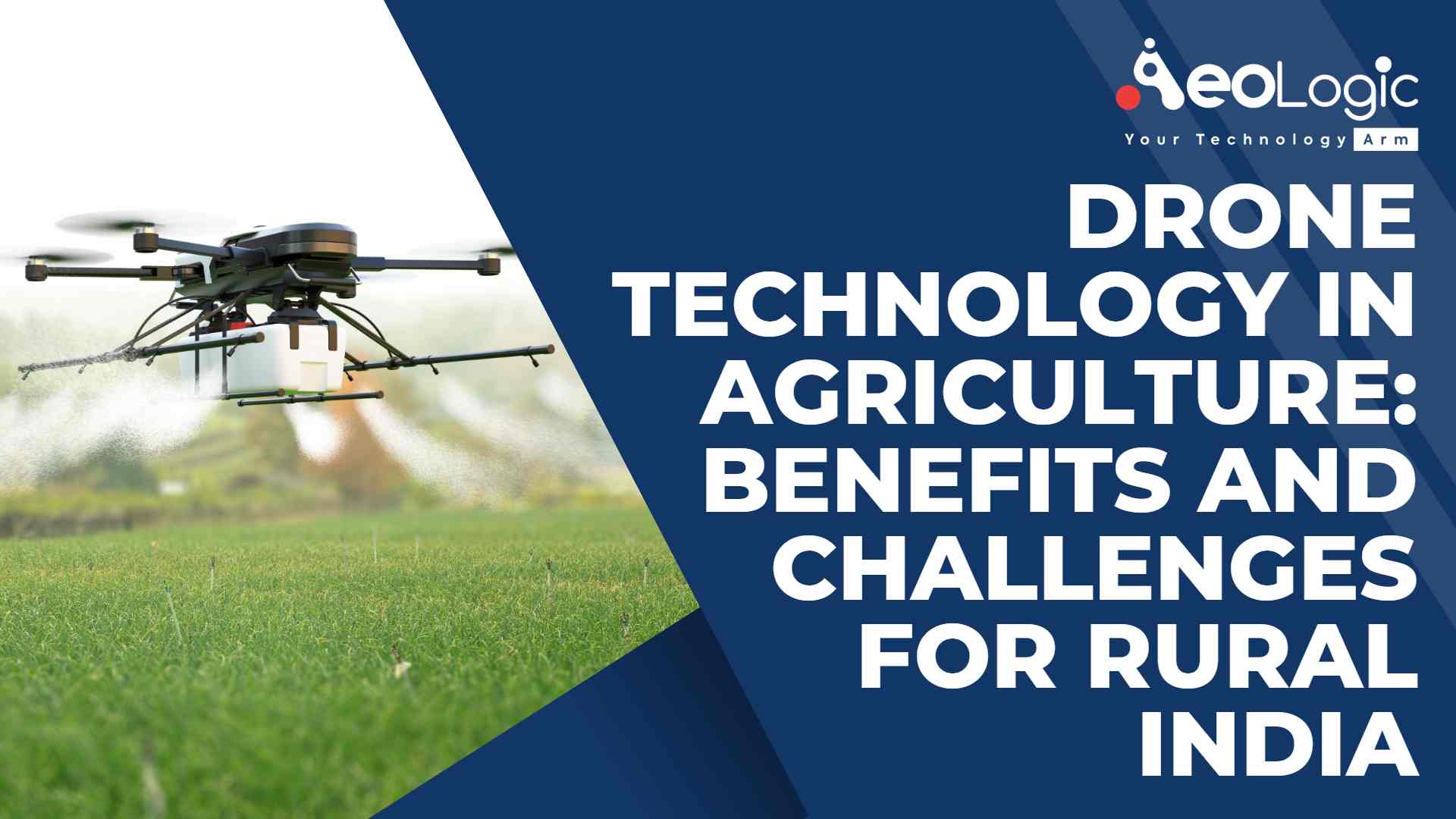Drones, or Unmanned Aerial Vehicles (UAVs), have been making their presence felt in various industries, and agriculture is no exception. In this article, I’ll take you through the benefits and challenges of drone technology in agriculture, specifically in the context of rural India. With a large population relying on agriculture as their primary source of income, India is an ideal place to explore the potential of drone technology. So, without further ado, let’s dive into this fascinating topic.
Benefits of Drone Technology in Agriculture
Drones offer a wide range of benefits in agriculture, especially for rural India, where most farming communities are located. Here are some of the key advantages:
Precision Agriculture
- Efficient data collection: Drones equipped with high-resolution cameras and sensors can collect accurate data on soil health, plant health, and water levels, among other factors.
- Optimized use of resources: With better data, farmers can make informed decisions, leading to reduced waste of resources such as water, fertilizers, and pesticides.
- Improved crop yield: Precision agriculture practices have been shown to increase crop yield by up to 20% in some cases.
Crop Monitoring
- Faster scouting: Drones can cover large areas quickly, allowing farmers to identify issues such as pest infestation, diseases, and water stress in real-time.
- Reduced labor costs: Automated drone monitoring can help farmers save on labor costs, especially in rural areas where labor is scarce and expensive.
Irrigation Management
- Precise water distribution: Drones equipped with thermal cameras can help farmers identify areas where water is being over or under-utilized, allowing for better water management.
- Reduced water wastage: With improved irrigation management, farmers can reduce water waste, an essential factor in water-scarce regions like rural India.
Disaster Management
- Early warning systems: Drones can be deployed to monitor weather conditions and detect early signs of natural disasters like floods or droughts.
- Quick assessment of damage: In case of any disaster, drones can help assess the damage in real-time, enabling faster response and relief efforts.
Also Read: Transforming Businesses with the Help of Drone Technology
Challenges of Drone Technology in Agriculture
Despite the numerous benefits, there are some challenges in implementing drone technology in agriculture, particularly in rural India. These challenges include:
High Initial Investment
Drone technology can be expensive, especially for small and marginal farmers in rural areas.
Cost of maintenance and repair: Frequent use of drones in harsh agricultural environments may require regular maintenance, which can be an added financial burden on farmers.
Lack of Awareness and Technical Expertise
Limited awareness of drone technology: Many farmers in rural India may not be aware of the benefits and applications of drone technology in agriculture.
Insufficient training and technical support: Farmers may not have the necessary skills and expertise to operate and maintain drones effectively.
Regulatory Hurdles
Strict regulations: The Indian government has imposed strict regulations on the use of drones, including mandatory registration, weight limits, and no-fly zones.
Legal and safety concerns: There may be legal and safety issues associated with drone operations, such as privacy infringement, trespassing, and potential accidents.
Connectivity and Infrastructure
Poor internet connectivity: Rural India often faces issues with internet connectivity, which is essential for processing drone data and using cloud-based services.
Limited infrastructure: Rural areas may lack the necessary infrastructure for drone operations, such as charging stations and maintenance facilities.
As we’ve seen, drone technology holds immense potential for revolutionizing agriculture in rural India. The benefits are numerous, ranging from precision agriculture and crop monitoring to irrigation management and disaster management. These advantages have the potential to significantly improve the livelihoods of farmers in rural areas and contribute to overall agricultural productivity.
However, it’s essential to recognize the challenges that must be overcome to fully realize the potential of drone technology in rural India. High initial investment, lack of awareness and technical expertise, regulatory hurdles, and connectivity and infrastructure issues can hinder the widespread adoption of drones in agriculture.
Also Read: How Drones Will Transform Healthcare Industry
How Will United Action Boost Drones Technology in Rural India?
To address the challenges, both the government and private sectors need to work hand-in-hand. Some possible solutions include:
Financial Support and Subsidies
- Providing financial assistance and subsidies to farmers to help them acquire drone technology, thus lowering the initial investment barrier.
- Offering maintenance and repair support to ensure drones remain functional and efficient.
Training and Capacity Building
- Conducting workshops and training programs for farmers to familiarize them with drone technology and its applications in agriculture.
- Establishing knowledge-sharing platforms where farmers can learn from each other and share their experiences with drone technology.
Regulatory Reforms and Policy Support
- Simplifying and streamlining regulations to make it easier for farmers to adopt drone technology, while still ensuring safety and privacy.
- Encouraging research and development in drone technology and its applications in agriculture through grants and incentives.
Infrastructure Development and Connectivity
- Investing in rural infrastructure to support drone operations, such as charging stations, maintenance facilities, and secure storage areas.
- Improving internet connectivity in rural areas to facilitate the processing and sharing of drone data.
By addressing these challenges and leveraging the potential of drone technology, we can transform agriculture in rural India, leading to increased productivity, resource optimization, and improved livelihoods for millions of farmers.
Final Words
As we move forward, it’s crucial to remember that the adoption of drone technology in agriculture is not an end in itself, but a means to achieve sustainable and inclusive growth in rural India. By working together and finding innovative solutions, we can create a brighter future for our farmers and, ultimately, our nation.
Want to delve deeper into the world of drones in rural India? Connect with Aeologic Technologies and explore the endless possibilities of this transformative technology.









